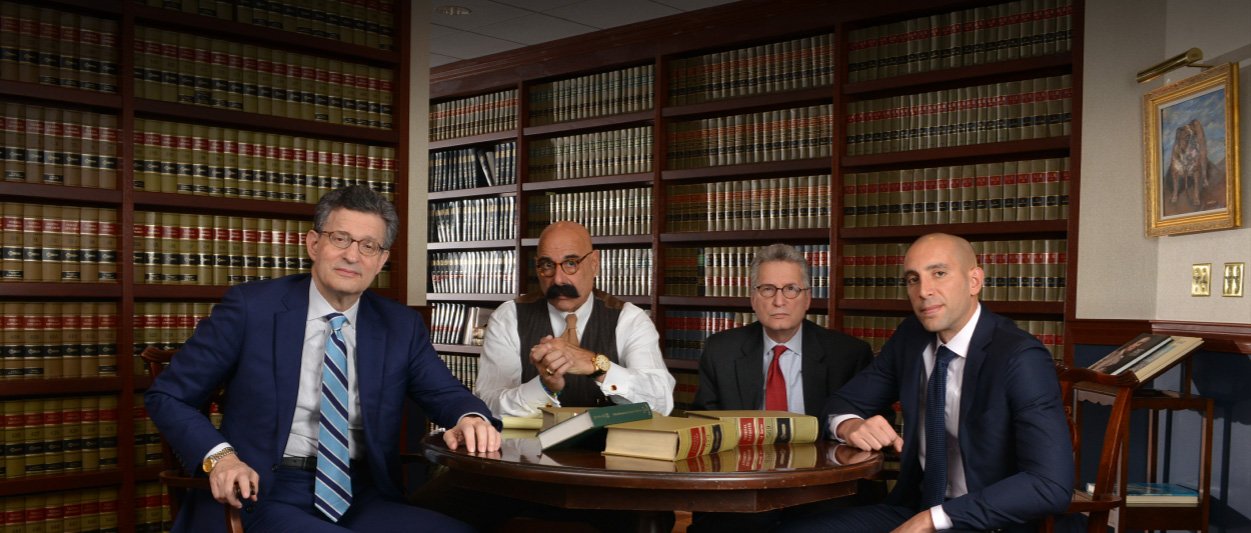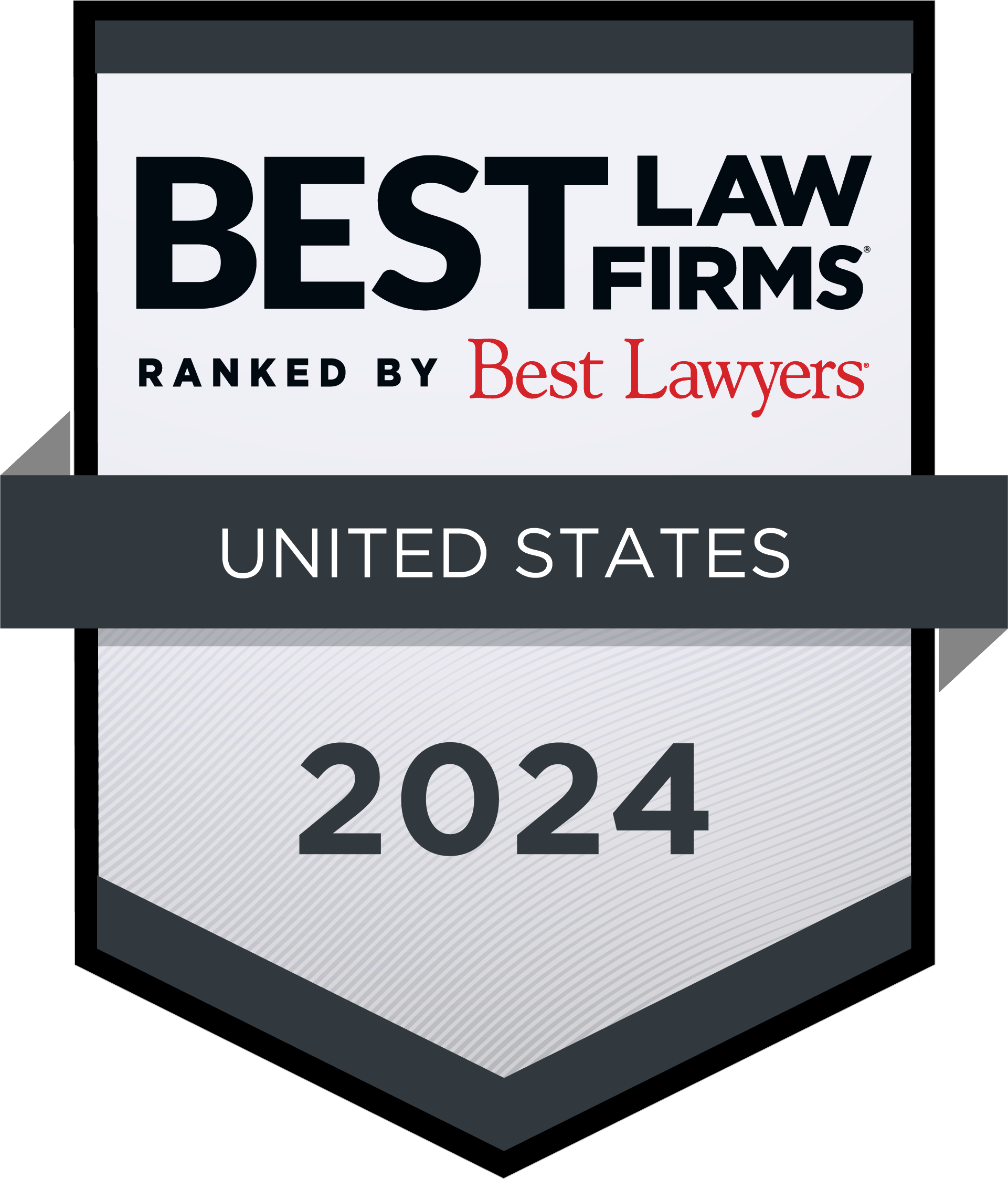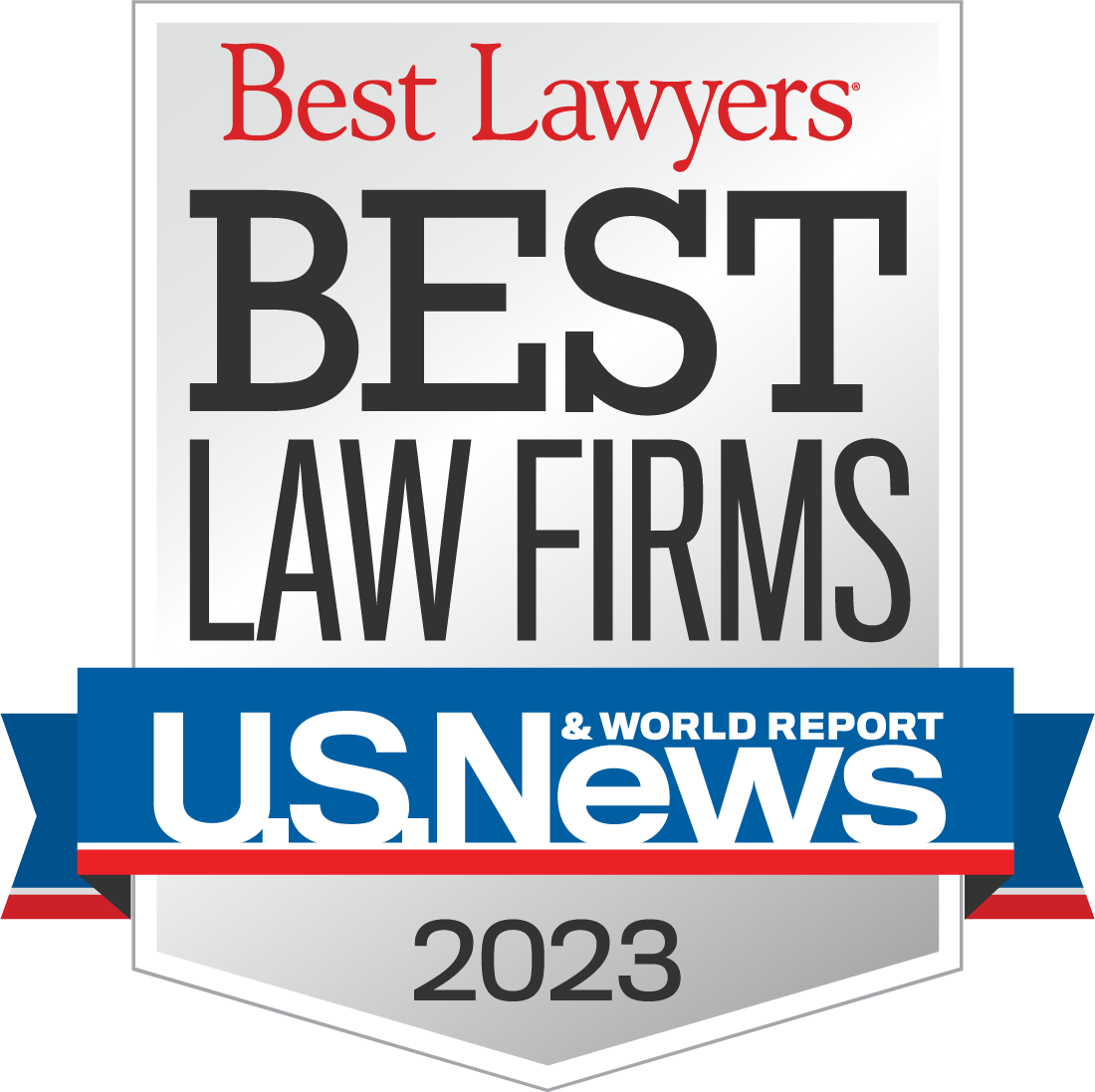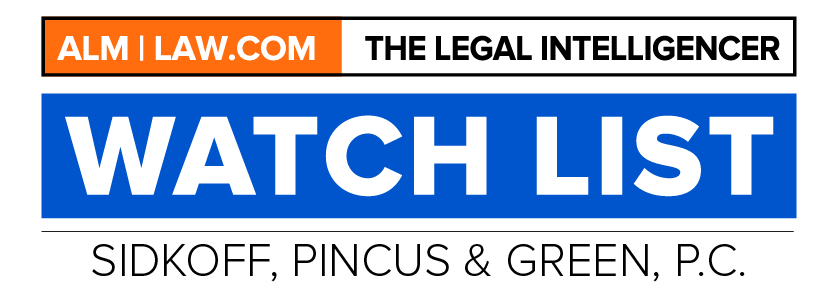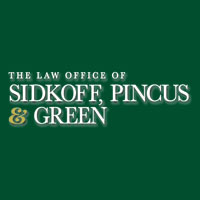
Penalties, Fines and Adverse Consequences Doctors should know about before Entering into PODS, Consulting Agreements and other Arrangements with Medical Device Manufacturers and Pharmaceutical Companies
The U.S. market size for orthopedic medical device R&D is estimated to be $1.3 billion in 2011, corresponding to 8% of market revenues[1]. The aging population and expanded medical insurance coverage has resulted in a growing profitability of the orthopedic implant market. It is not unusual for a new medical device company to realize 30% annual growth and 30% – 35% EBITDA.[2]
Prior to the implementation of the Affordable Care Act, which is commonly known as “Obamacare”, manufacturers created a fake research and development market using programs that had no intrinsic value to the companies or the patient population to bribe doctors with extra income gained from supposedly participating in the programs. In reality, the payments compensated the doctors for prescribing for patients the devices made by the bribing manufacturer. The bribes were disguised by: the use of supposed consulting assignments; memberships on “medical advisory committees” set up by the manufacturers, royalties on contributions to minor, but insubstantial changes to the company’s products that were not needed except to fabricate an ostensibly legal basis for compensating the company’s doctor-customers; and other even more aggressive programs.
The Hammer will be coming down on the blatantly illegal PODS
Beginning in around 2008, the entities that made and marketed orthopedic medical devices seduced doctors to become owners of their own distribution companies in an entity known as a “Physician Owned Distributor” or “POD”. This scheme put money directly into the hands of the doctors as a reward and incentive for the doctors’ efforts to boost sales of the participating manufacturer’s medical devises.
Here is how the POD’s typically work. Assume we have a manufacturer of orthopedic medical devices, known in our example as “Device-Co”; and assume also that Device-Co focused on spinal implants that were prescribed by spine surgeons. Device-Co approached a spine surgeon (whom we will call “Dr. Smith”), and offered to help Dr. Smith set up the Smith-POD – which would then be appointed as an independent sales representative to sell Device-Co’s spinal implants in the city were Dr. Smith had his surgical practice (“Practice City”). In this scenario, there would be one potential hurdle. Under existing federal conflict of interest laws and regulations on the books since the 1990’s, Dr. Smith could not be a buyer or prescriber of any medical device made by Device-Co. However, there was a ready (although highly suspect) solution: Device-Co had made separate informal (and not written down) deals with “Competitor-Co,” one of its competitors that was similarly sponsoring spinal surgeons to set up PODS to sell products manufactured by Competitor-Co . We will assume for purposes of our example that Competitor-Co convinced Dr. Wilson, another spine surgeon in Practice City, to establish the Wilson-POD to distribute spinal implant products made by Competitor-Co.
Under the POD business model, Dr. Smith would prescribe only spinal implants made by Competitor-Co that he purchased from the Wilson-POD . In return, Dr. Wilson would prescribe only spinal implants made by Device-Co that he purchased form the Smith-POD. Each of the spine surgeons would make a commission on the sales generated by his POD, and the two cooperating spinal implant manufacturers would insure that no other competitor selling spinal implant products could break into this market, no matter how good their products might be, or how much more reasonable their pricing. Under this scheme, Device-Co and Competitor-Co were happy to pay hefty sales commissions that otherwise would be paid to the support personnel anyway.
The Office of Inspector General says “No” to PODs
The Unites States Department of Health and Human Services Office has within its organization a body known as of the Office of Inspector General (OIG) that is charged, along with other federal and state regulators, to identify and stop conflicts of interest and schemes that potentially could entice a doctor to prescribe a product, not because it was the most effective device at the best price, but because the doctor had a collateral financial interest in the sale. Since most implant operations in hospitals have some subsidy provided by the federal government through Medicare, Medicaid, the Veterans Administration network and similar programs, schemes that inflate the cost of implant products or that deter the doctor from acting on his best medical judgment are deemed a fraud on the US government. The OIG, has already identified many of the compensation arrangements are directly correlated to the surgeons’ selection of medical devices, and therefore illegal, and the chief offender are PODs.[3]
In June 2011, five US senators requested that the OIG investigate the legality of PODs. This prompted the Affordable Care Act (‘ACA”) to vastly increase the funding for the OIG and other federal watchdogs under the Health Care Fraud and Abuse Control program, the Medicaid Integrity Program, and the American Recovery and Reinvestment Act of 2009. The OIG investigations are not limited to device manufacturers since money has been allocated to 50 Medicaid Fraud Control Units for investigation and prosecution of criminal and civil actions against physicians and other Medicaid providers who may have committed patient fraud.[4] Moreover section 6002 of the ACA—the Physician Payment Sunshine Act—requires HHS to create and operate a “sunshine” database of information disclosed by applicable manufacturers of all financial relationships with physicians and hospitals. This means that the law requires every POD to be disclosed to HHS.
In addition, the states are now getting into the act. For example, New Hampshire has pending legislation designed to end PODs that provides,
A health care practitioner, including an immediate family member, shall not: Enter into a contract or business arrangement with another entity where the purpose or effect of the contract or business arrangement is to accomplish prohibited self-referrals indirectly, such as through the use of a third party, or through the use of a cross-referral agreement. Such prohibited contracts or business arrangements shall include any arrangement that requires or has the purpose or effect of causing the purchase of such medical devices from a specific supplier as a condition of, or incident to the provision of medical care by the health care practitioner.[5]
Are there any legal ways for doctors to make money from device manufacturers?
The short answer is “yes”. The ACA is tough, but it has loopholes that allow medical device manufacturers to enter into arrangements that ultimately provide payments to surgeons who prescribe their products. The method of complying with the law may seem like a maze, but there are now institutions that were established to allow doctors to continue to earn income form non-clinical duties and to be in full compliance with the law.
Sidkoff, Pincus & Green P.C. has worked with many of its physician clients as well as clients in the chain of medical device manufacturing and distribution to help create alternatives to the now infamous PODs and several other discredited schemes that were popular before passage of the HCA. If you have any interest in learning of our work in this area, feel free to contact us by visiting our web site: www.greatlawyers.com.
[1] Current 10Ks at Feb 2011: Stryker, Zimmer, Biomet indicate 8% of sales spent on R&D
[2] Globus Medical Devices is one such example, surpassing $100 million in sales within 5 years.
[3] The Department of Health and Human Services and The Department of Justice Health Care Fraud and Abuse Control Program Annual Report for Fiscal Year 2009.
[4] Medicaid Integrity Program Report, the HHS Office of Inspector General
[5] New Hampshire, HOUSE BILL 1725-FN



